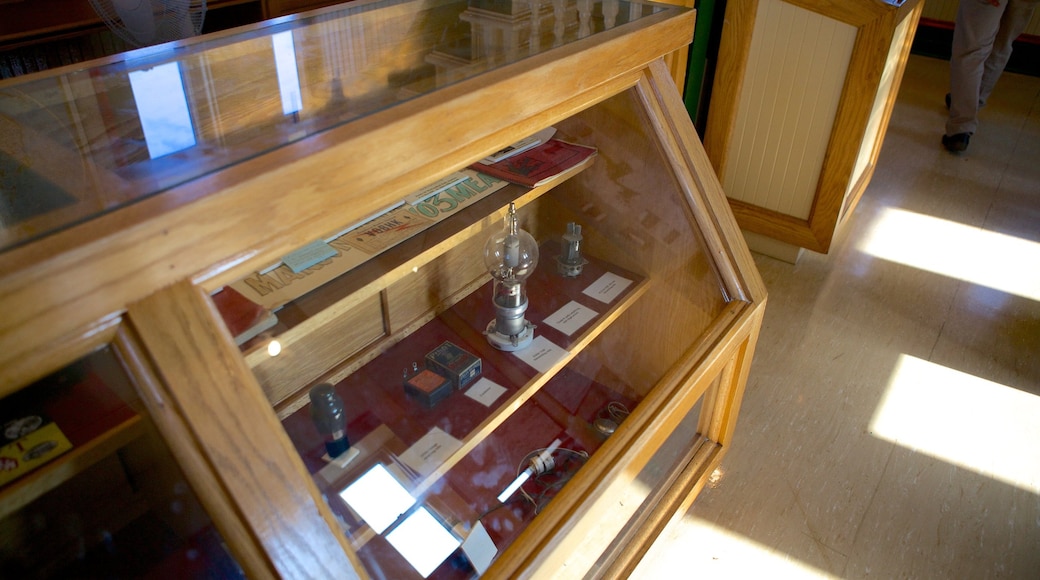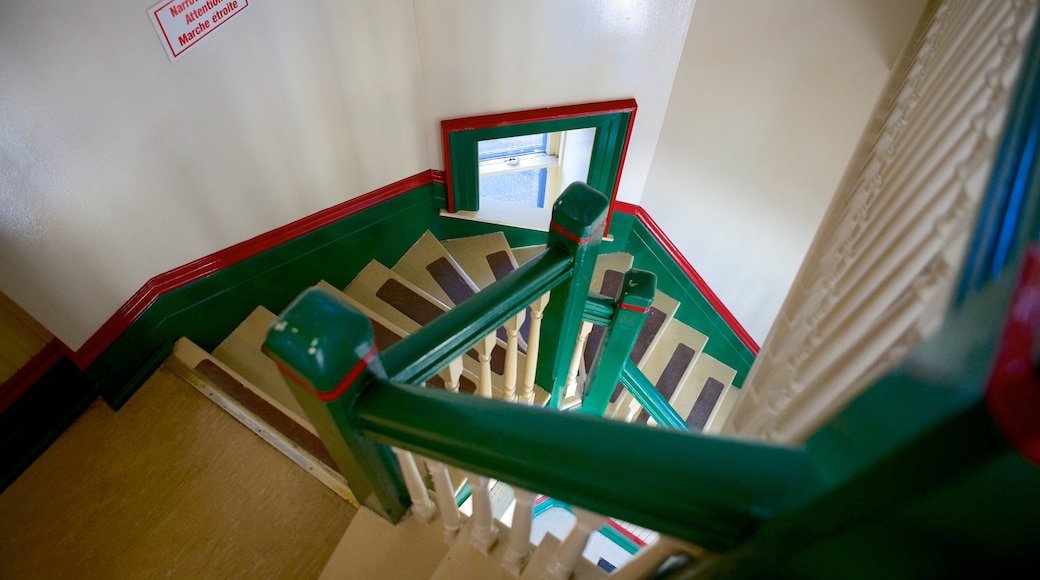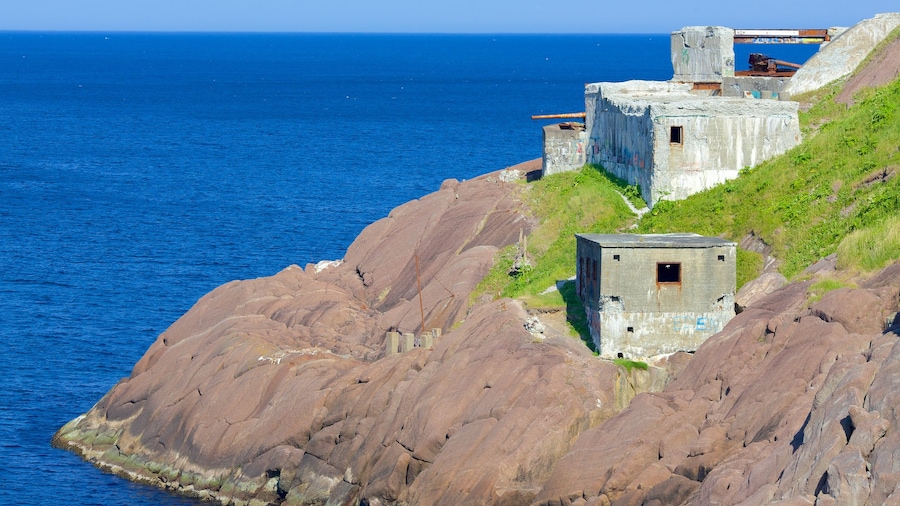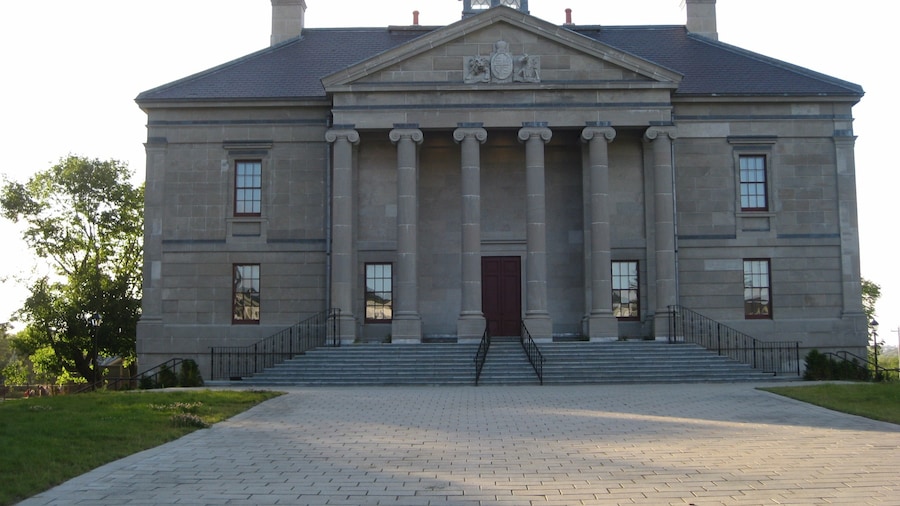Sitting on the top of Signal Hill is Cabot Tower, an imposing stone edifice that played a major role in the history of communications technology. It was at this site that Guglielmo Marconi received the first ever transatlantic wireless signal.
The 30-foot (9.4-metre) red sandstone tower was built in 1898 to commemorate the 400th anniversary of John Cabot’s discovery of Newfoundland and Queen Victoria’s Diamond Jubilee. Marconi made his historic breakthrough at the tower when he received the letter "S" in Morse code. The signal originated approximately 2,200 miles (3,540 kilometres) away in Cornwall, England.
Go on a self-guided tour of the two-story building and visit the museum that explains the history of communications technology with an emphasis on Marconi’s role. View photographs and old pieces of experimental apparatus and learn more about how the Italian inventor revolutionized communications.
Climb to the top of the tower for superb views of St. John’s Bay. This vantage point is also good for bird-watching and you may even be able to spot whales in the ocean.
After your tour, head to the nearby visitor centre for interactive exhibits and short movies about the history and importance of Signal Hill. From the 17th century until World War II, the hill was part of the defenses of St. John's harbour. In 1762, the last battle of the Seven Years' War in North America was fought here.
Come to the hill during July and August to enjoy the loud and colourful spectacle of the tattoo. Performers reenact scenes of life inside an 18th-century military garrison. See bands, lots of marching and canon and musket fire.
Cabot Tower is open daily between mid-April and mid-November and there is an admission fee. Discounts are available for family tickets.Signal Hill and Cabot Tower can be seen from just about anywhere in St. John’s. Bring a jacket with you, because the sea breezes at the top of the hill can be cold, even in the height of summer. Drivers will find plenty of parking on-site.



















